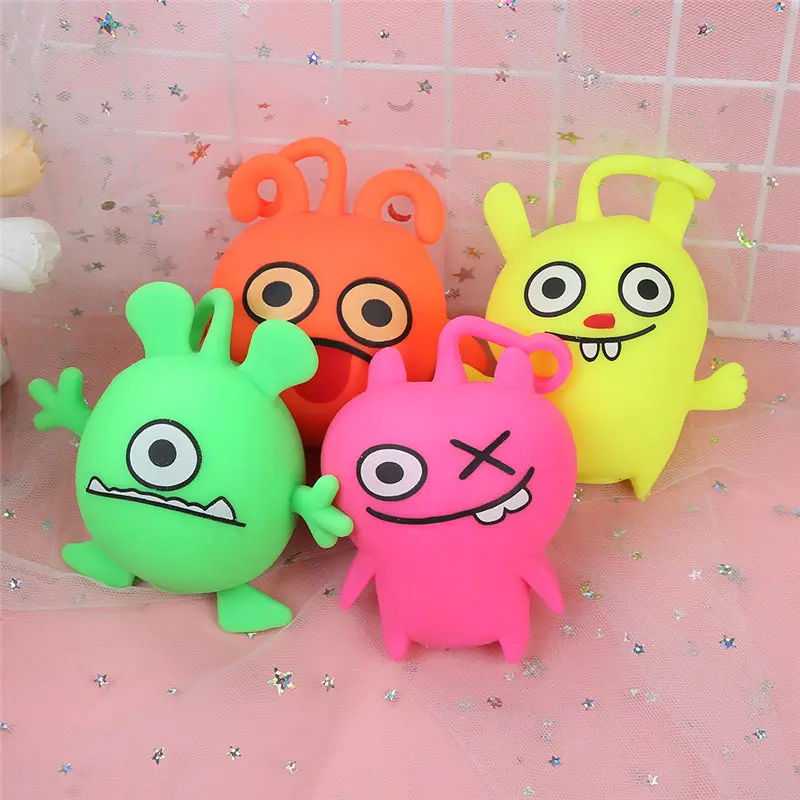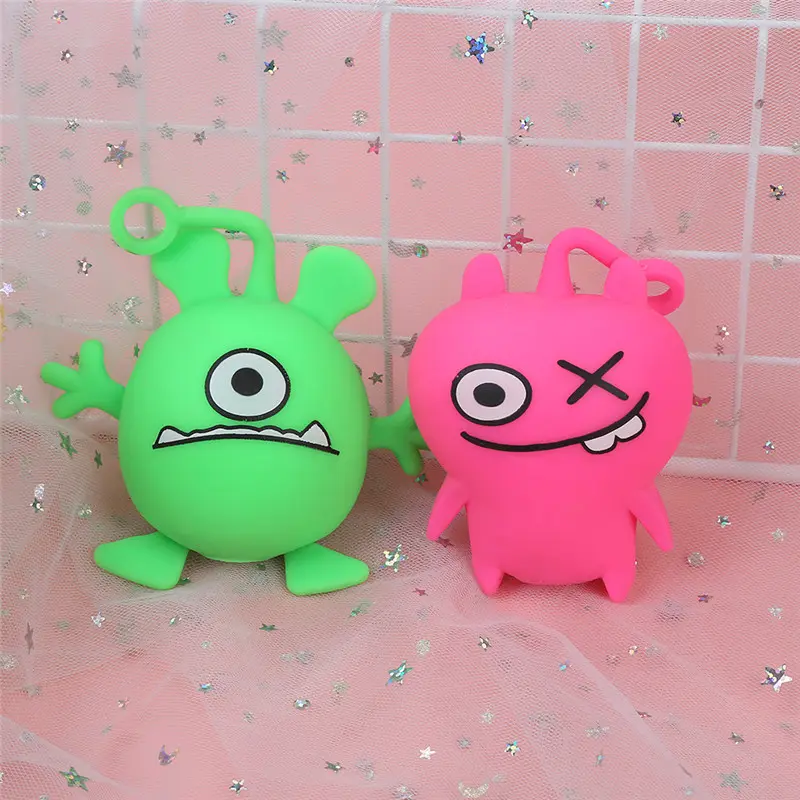Necessary certificates for exporting decompression and squeezing toys to the United States
1. CPC certification (Children’s Product Certificate)
Certification subject and content: issued by the manufacturer or importer, based on the test results of a third-party laboratory approved by the CPSC (U.S. Consumer Product Safety Commission), to prove that the product complies with relevant U.S. safety standards, such as ASTM F963, CPSIA, etc.
Product information: clearly mark the product name, model, production date and batch.
Applicable standards: list all safety regulations that the product complies with, such as ASTM F963, lead content limit (≤ 100ppm), etc.
Test report: issued by a third-party laboratory approved by the CPSC, proving that the product has passed the test.
2. CPSIA certification (Consumer Product Safety Improvement Act)
Testing content: limit the lead content and phthalate content in toys and children’s products, requiring that the total lead content shall not exceed 90ppm, and the content of 8 phthalates shall not exceed 0.1%.
Testing and certification: Products must be tested in a CPSC-approved laboratory to ensure compliance with the limits of relevant hazardous substances.
3. ASTM F963 Certification (Toy Safety Standard)
Standard Scope: Covers key indicators such as physical properties, chemical hazards, and flammability of toys.
Physical and mechanical properties: Ensure that there are no small parts of toys that fall off and cause choking risks, and there are no sharp points on the edges.
Chemical restrictions: Strictly control the content of harmful substances such as lead, cadmium, and phthalates.
Label requirements: Age warning labels, instructions for use, etc. must be clearly visible.
4. FDA Registration (Food and Drug Administration Registration)
Registration requirements: Although the FDA mainly regulates food, drugs, cosmetics, etc., some decompression and pinching toys that come into contact with food or can be held in the mouth of children are subject to FDA registration and testing.
Testing content: Ensure that the parts of the toy that come into contact with food meet food safety standards and will not cause harm to children’s health.
5. FCC Certification (Federal Communications Commission Certification)
Applicable situations: If the decompression and squeezing toys have electronic components or wireless functions, such as playing sounds, connecting to mobile phone Bluetooth, etc., FCC certification is required.
Certification purpose: Test electromagnetic compatibility and RF aspects to ensure that the product does not interfere with wireless communications.
6. California 65 Act Certification
Controlled substances: Lists about 1,000 known carcinogenic, teratogenic or reproductive toxic chemicals, such as lead, cadmium, etc., and common customers require testing.
Testing requirements: If the product contains the above substances exceeding the prescribed safety limit, a warning label must be affixed to the product, or other risk prevention and control measures that meet the requirements must be taken.
7. CPSR Certification (Consumer Product Safety Regulations)
Content and requirements: It is a mandatory certification for all consumer products to ensure that the product meets the relevant physical and mechanical performance requirements, such as stability, sharp edges, small parts, etc. It also covers flammability requirements, requiring that the product will not cause harm to consumers due to flammability under normal use and reasonably foreseeable misuse.
8. Care Labeling
Label content: Provide product care instructions such as washing, drying, and ironing to ensure that consumers can properly clean and maintain the product, extend the product’s service life, and reduce safety risks caused by improper care.
9. FTC (Federal Trade Commission) requirements
Label requirements: Products must have correct origin markings and ingredient labels to ensure that consumers can accurately understand the product’s source and ingredient information.
Ingredient label: If the decompression squeeze toy contains textile ingredients, the composition and content percentage of each fiber must be indicated. Fur, leather, elastic yarn, etc. must also be labeled according to relevant regulations.
10. DOC certification (declaration of conformity)
Declaration method: Manufacturers or importers must issue a declaration of conformity based on reasonable investigation and testing, stating that the product complies with all applicable consumer product safety regulations.
Testing requirements: Products must pass the corresponding testing procedures to prove that they comply with the requirements of relevant regulations. Testing can be conducted by third-party laboratories or internal laboratories.
11. Other requirements for packaging and labeling
Packaging requirements: To ensure the safety of products during transportation and sales, packaging materials should comply with relevant environmental protection and safety standards, and avoid using materials that are harmful to the environment.
Label requirements: Product tags, washing labels, etc. should contain basic information such as brand name, product name, material, washing instructions, and applicable age range. Pay attention to the firmness and durability of the label to ensure that it is always clear and readable during the product’s service life.
Post time: Jun-18-2025

